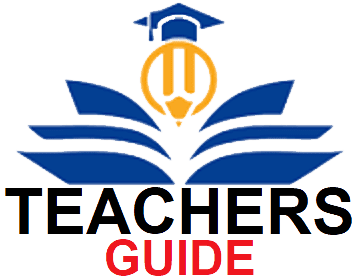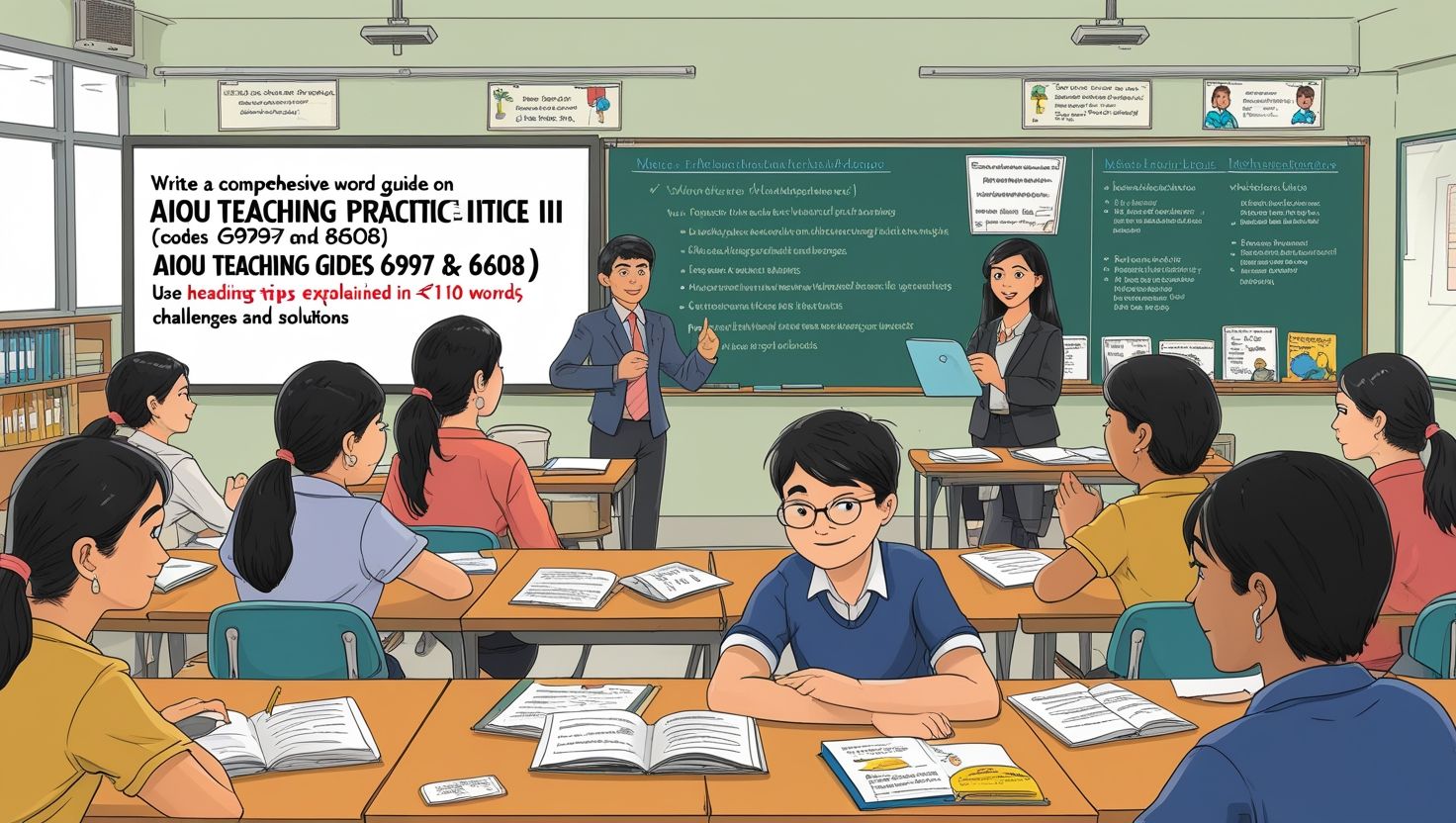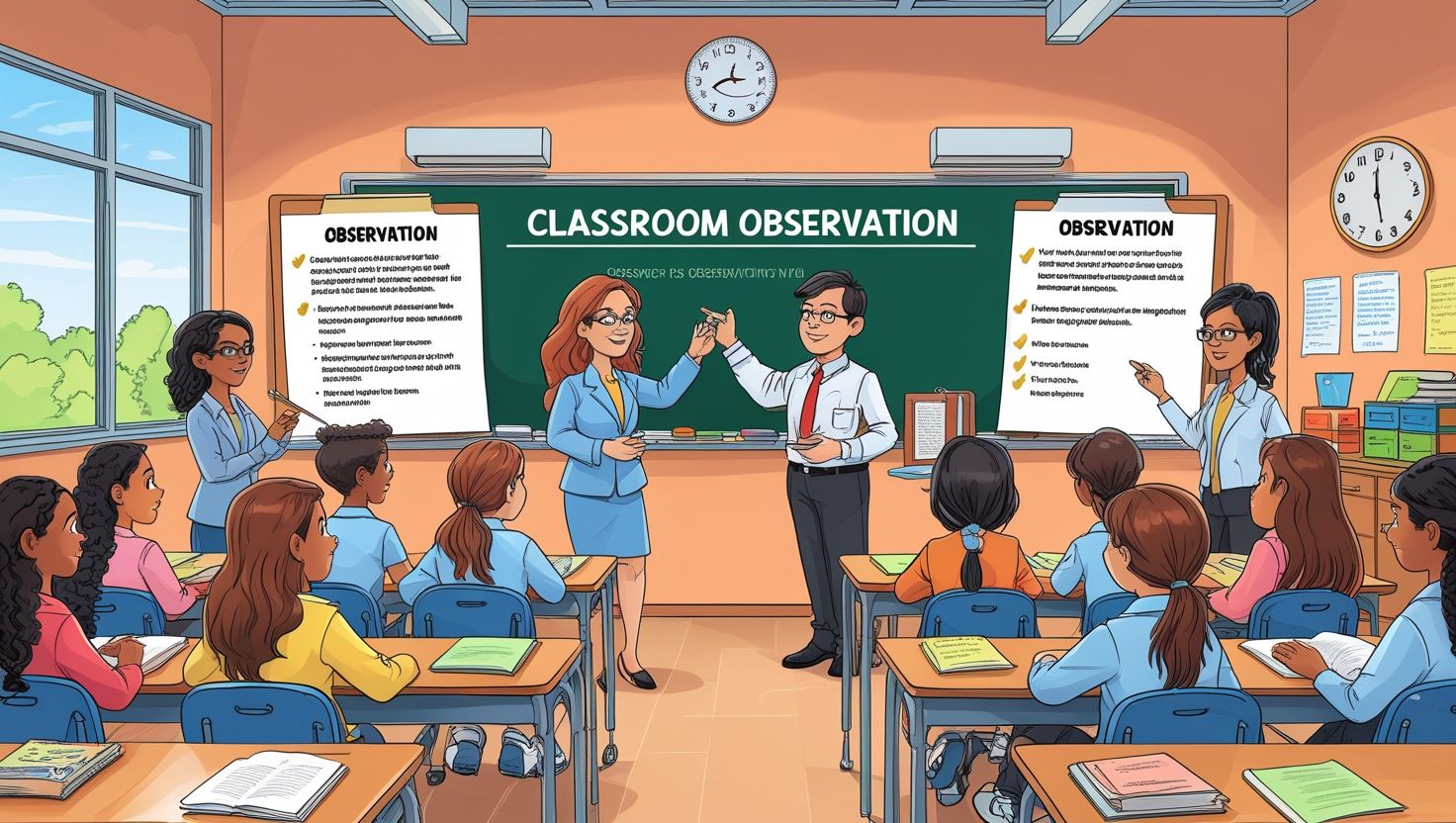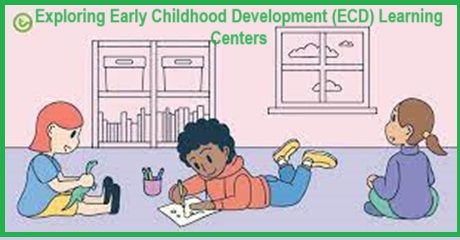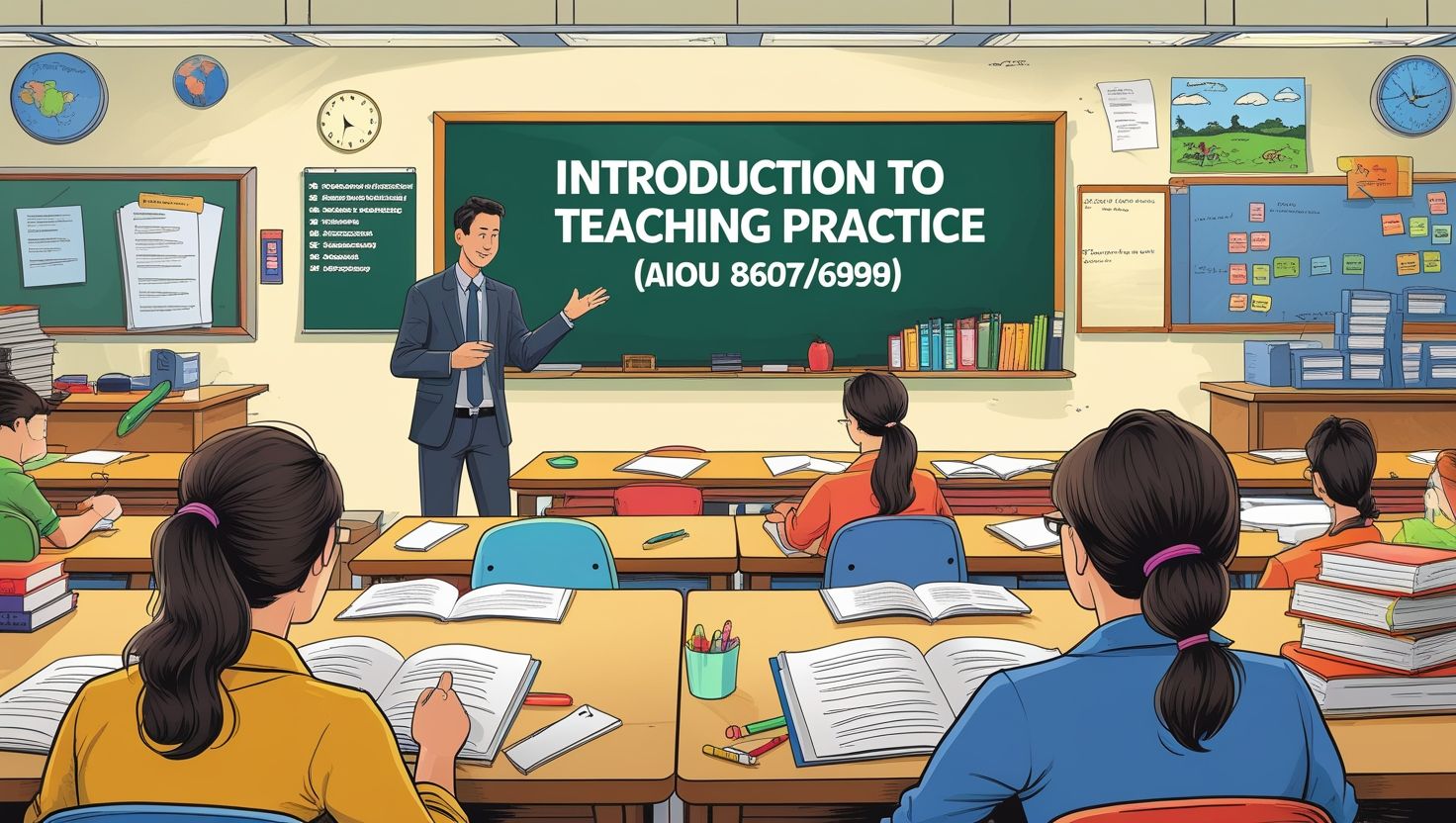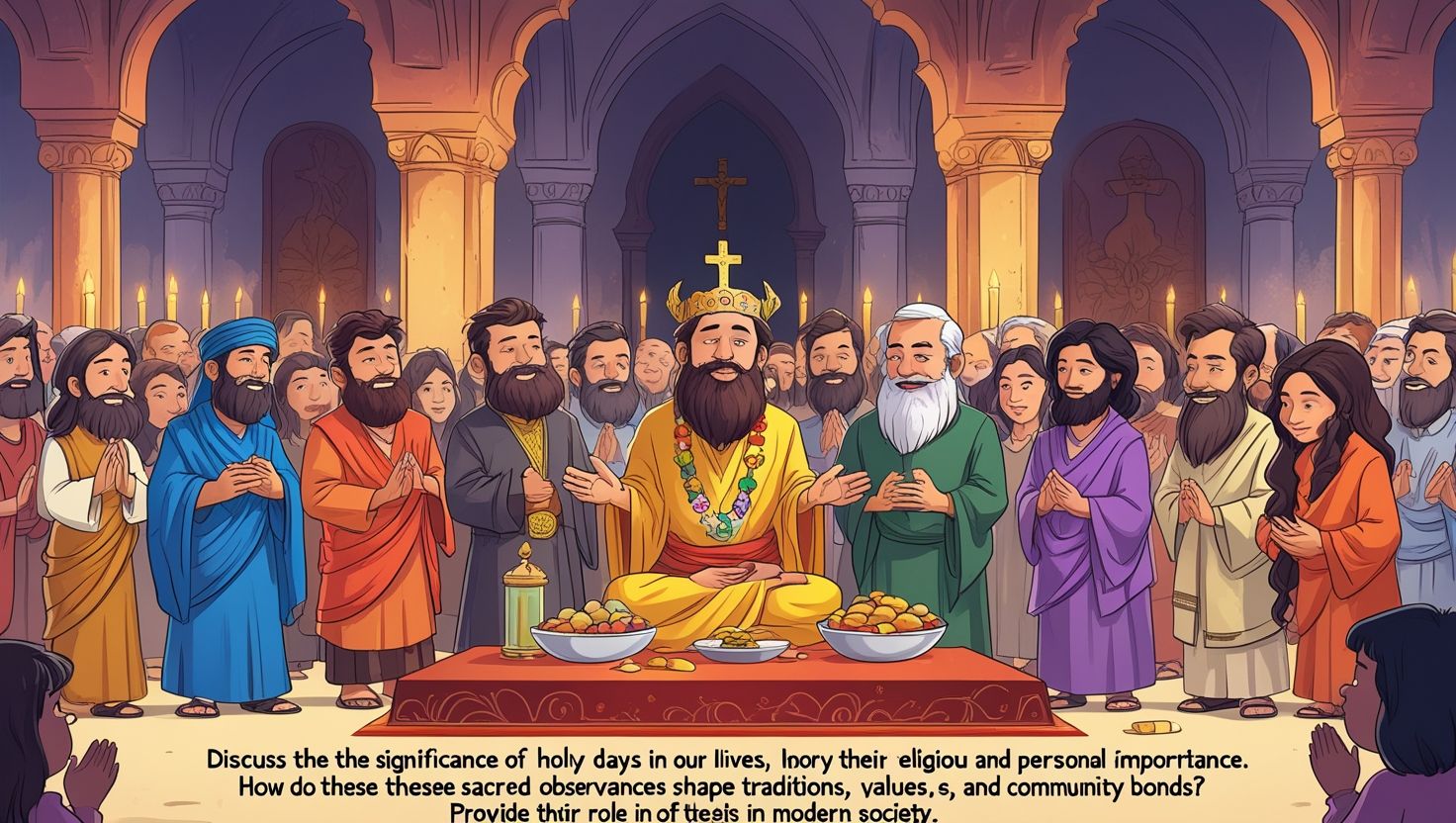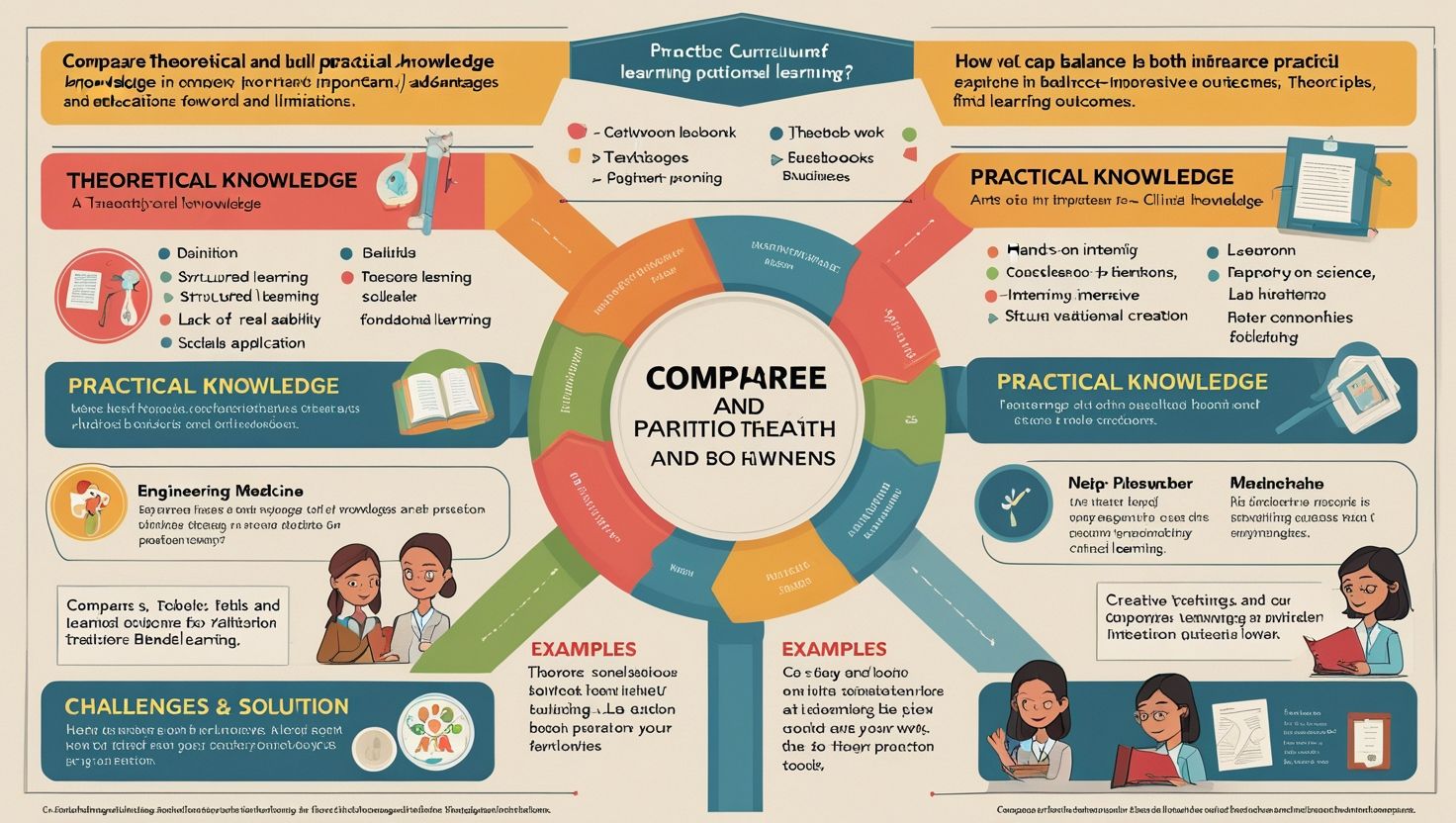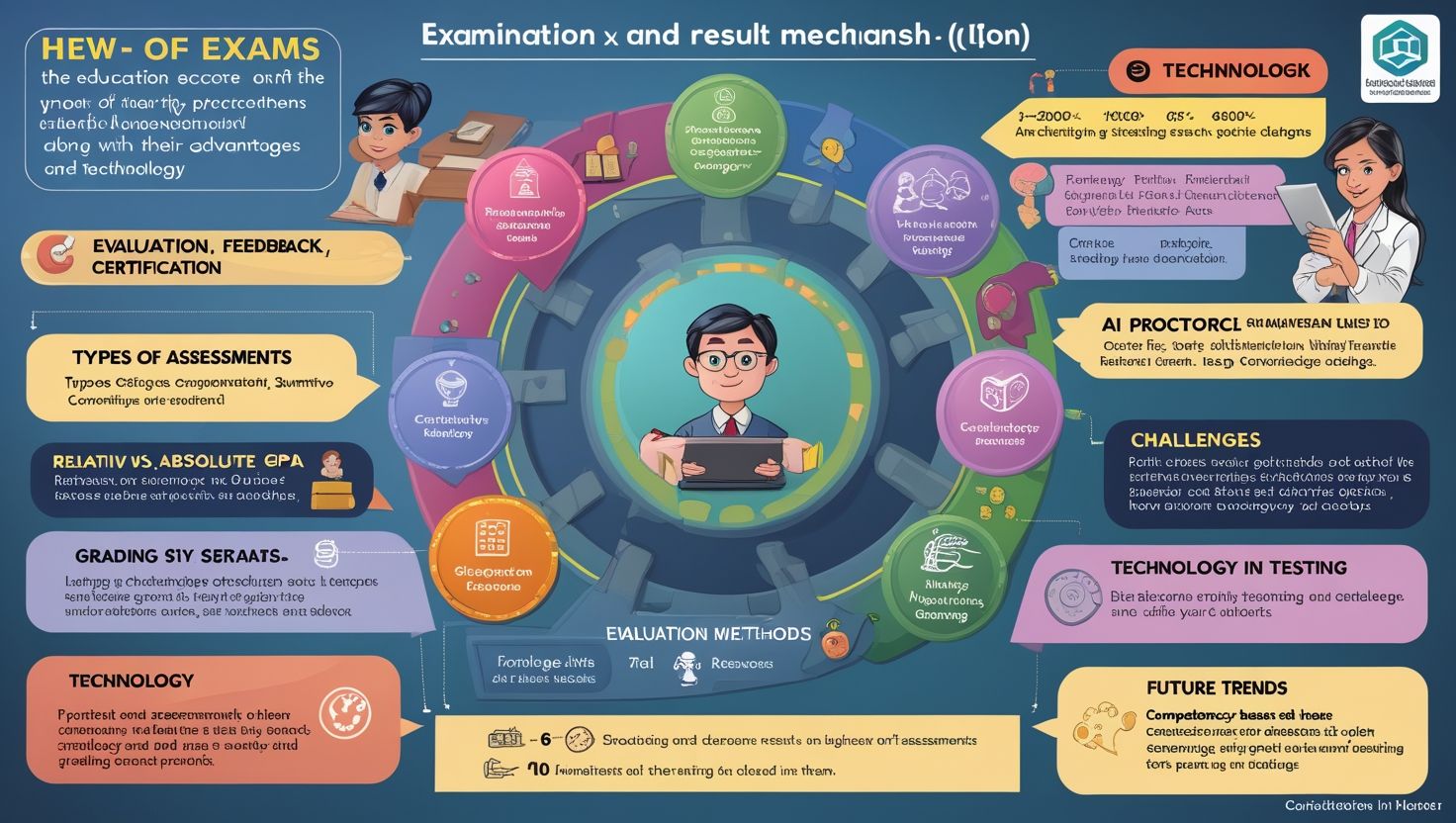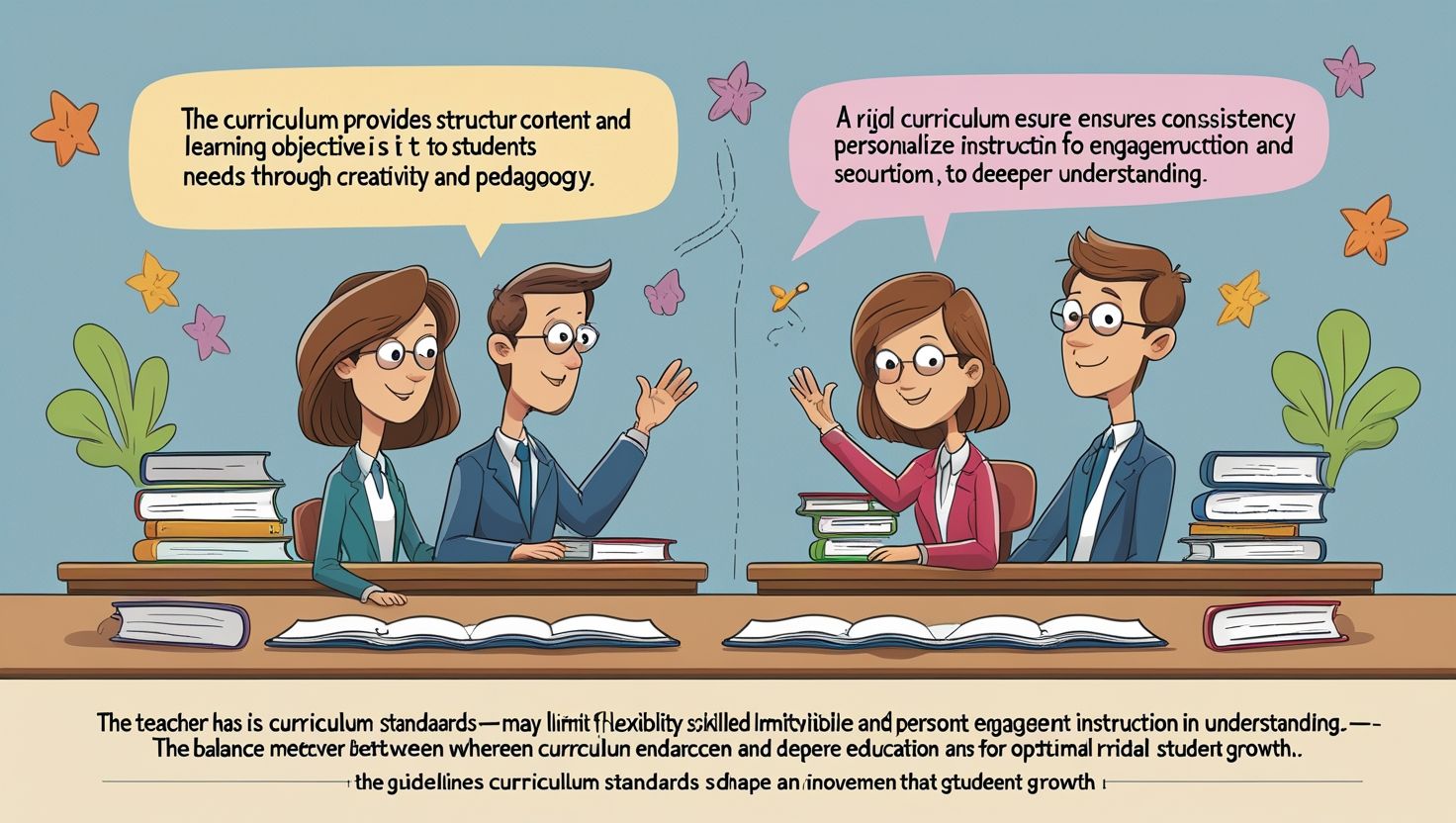AIOU Teaching Practice II (Code 6997 & 8608)
Introduction AIOU Teaching Practice II (Code 6997 & 8608) – A Comprehensive Guid, Teaching Practice II (Codes 6997 & 8608) is a crucial component of the teacher training programs offered by Allama Iqbal Open University (AIOU). It is designed for B.Ed and M.Ed students to enhance their practical teaching skills in real classroom settings. This … Read more
